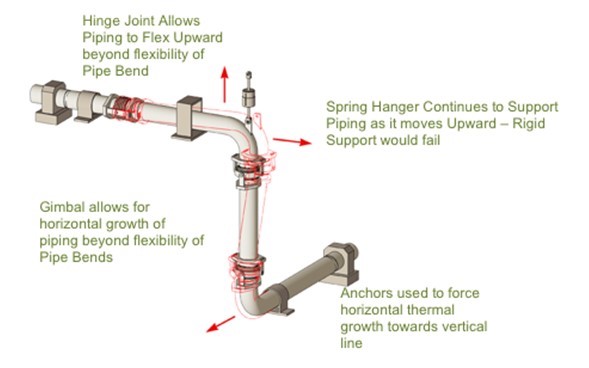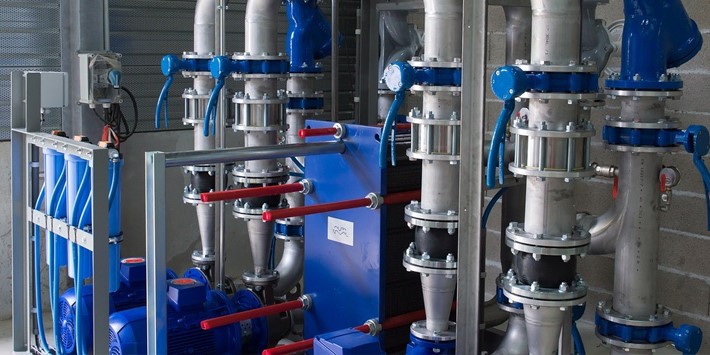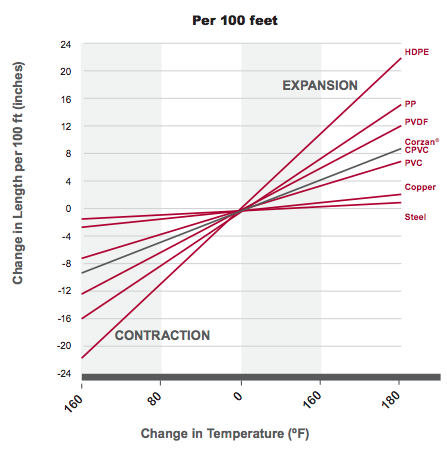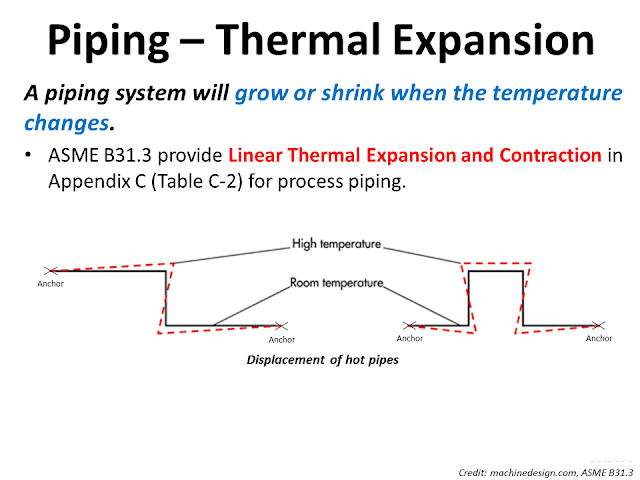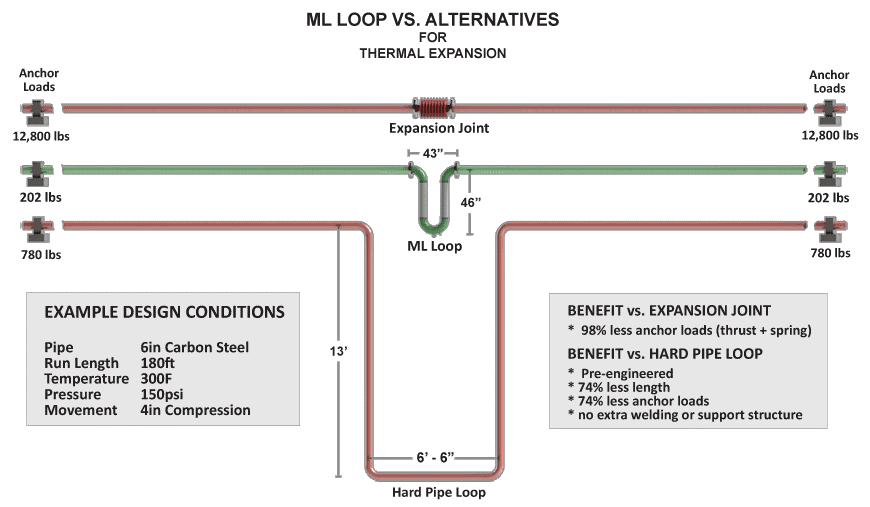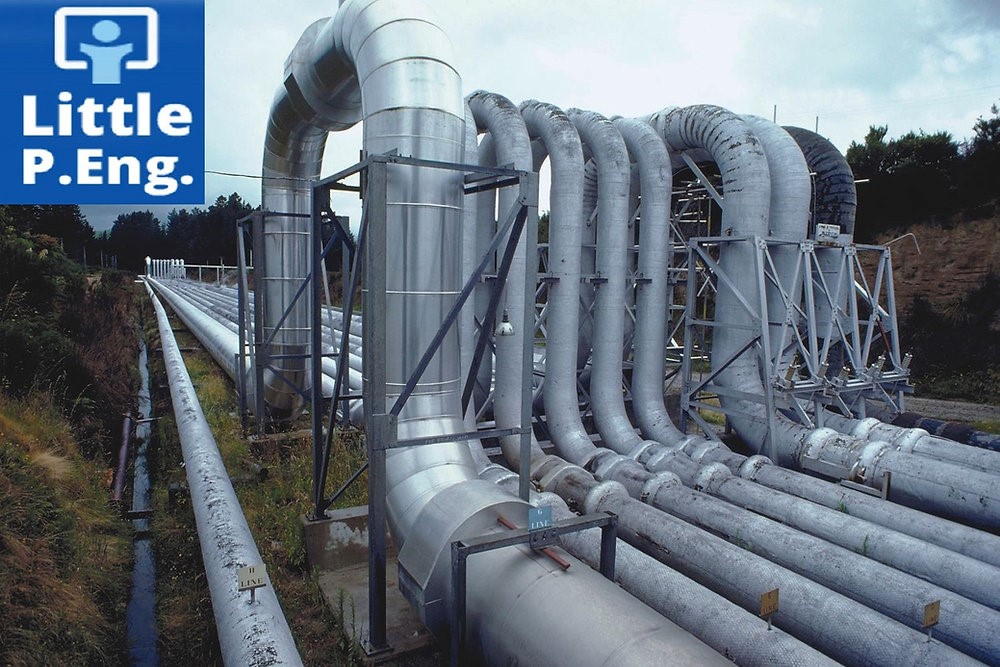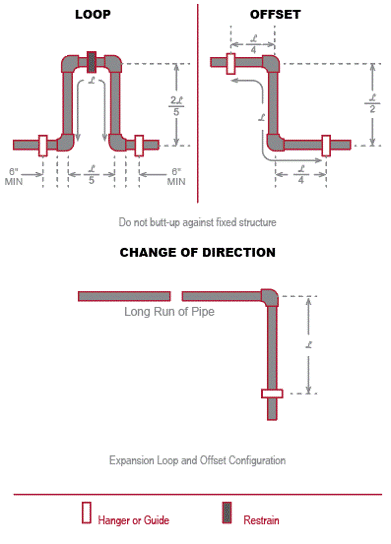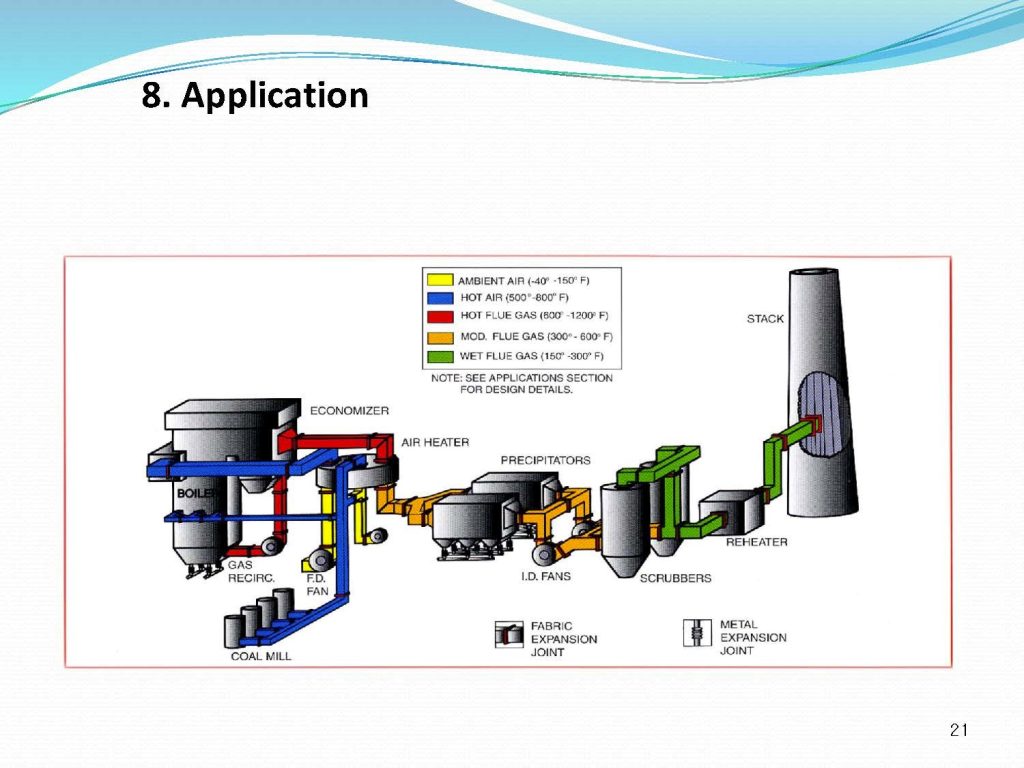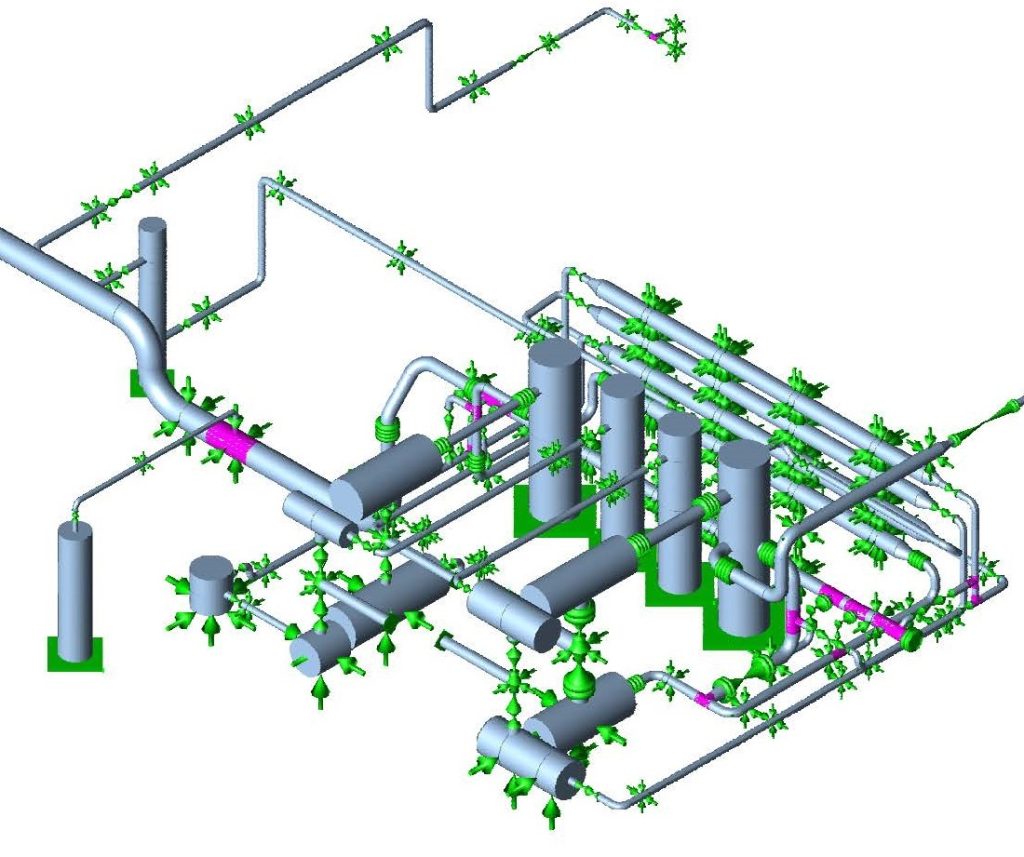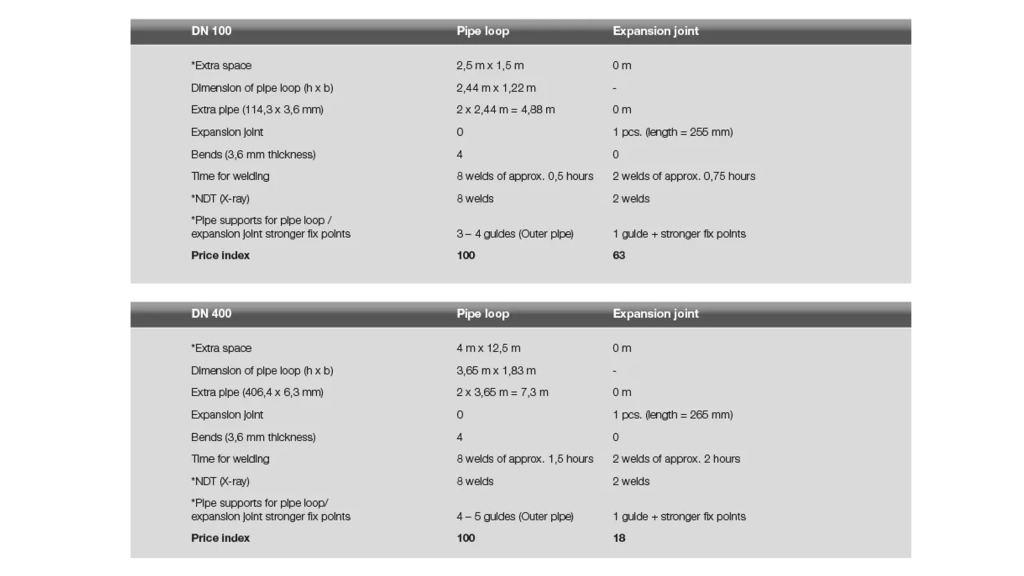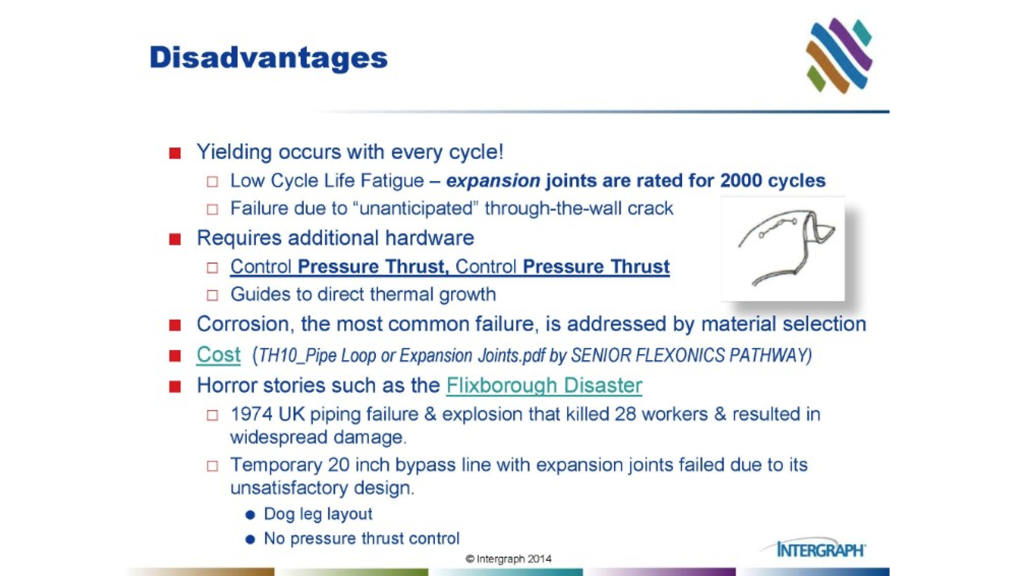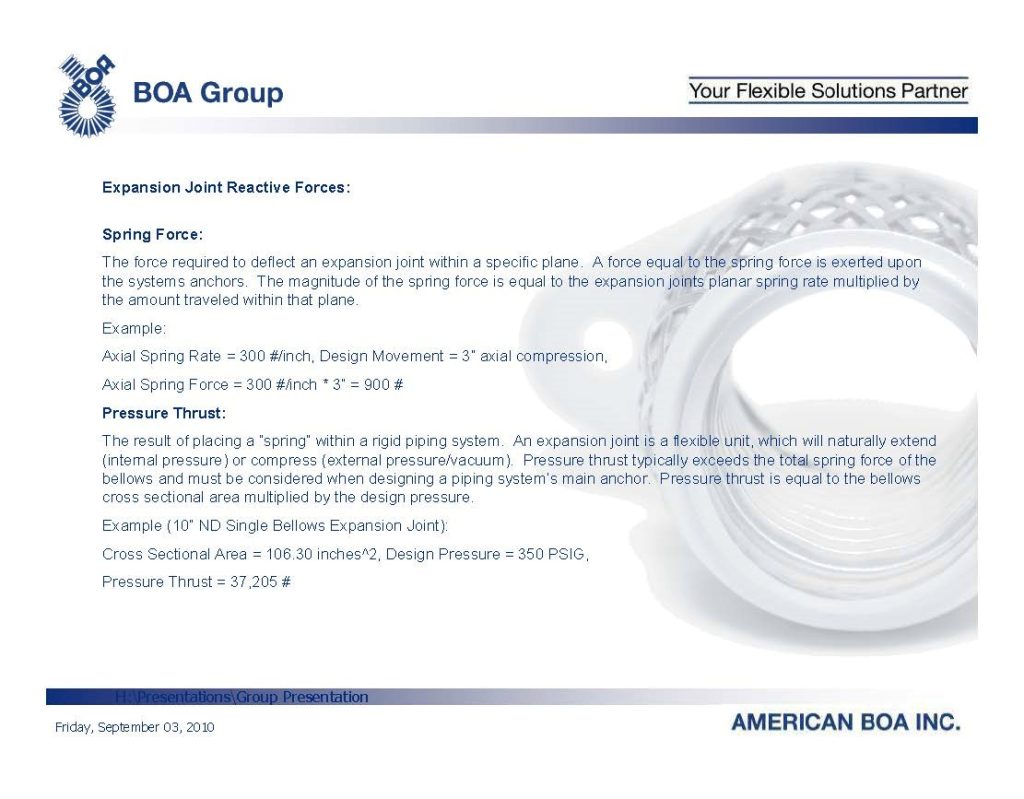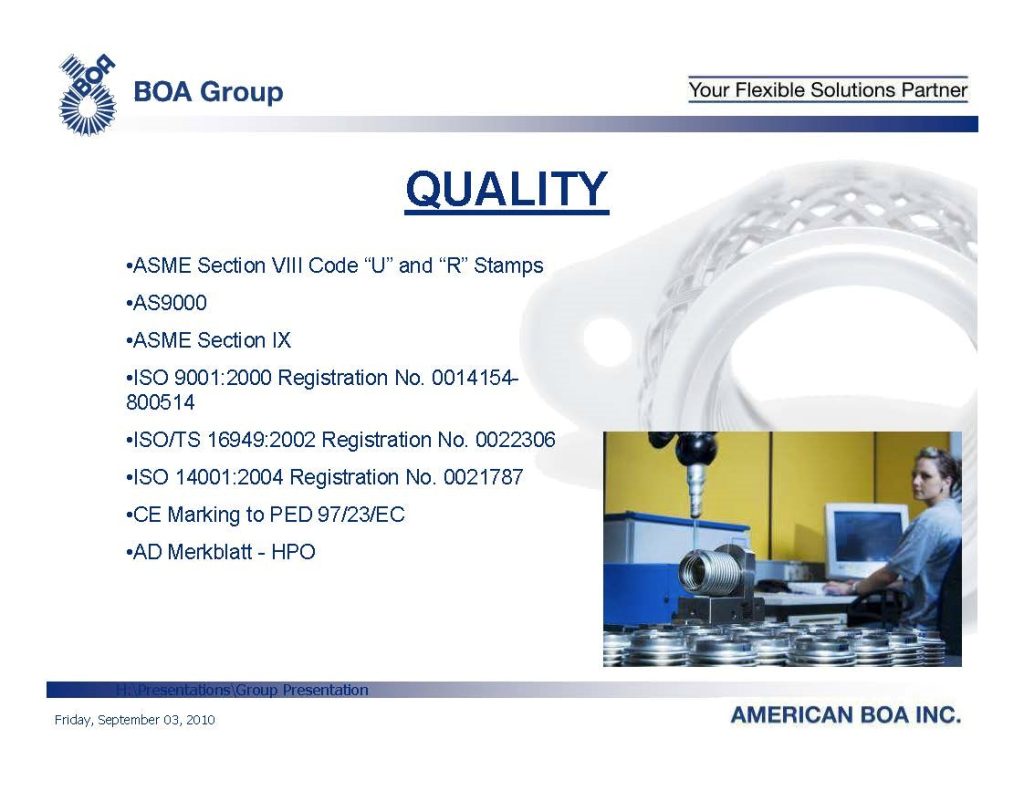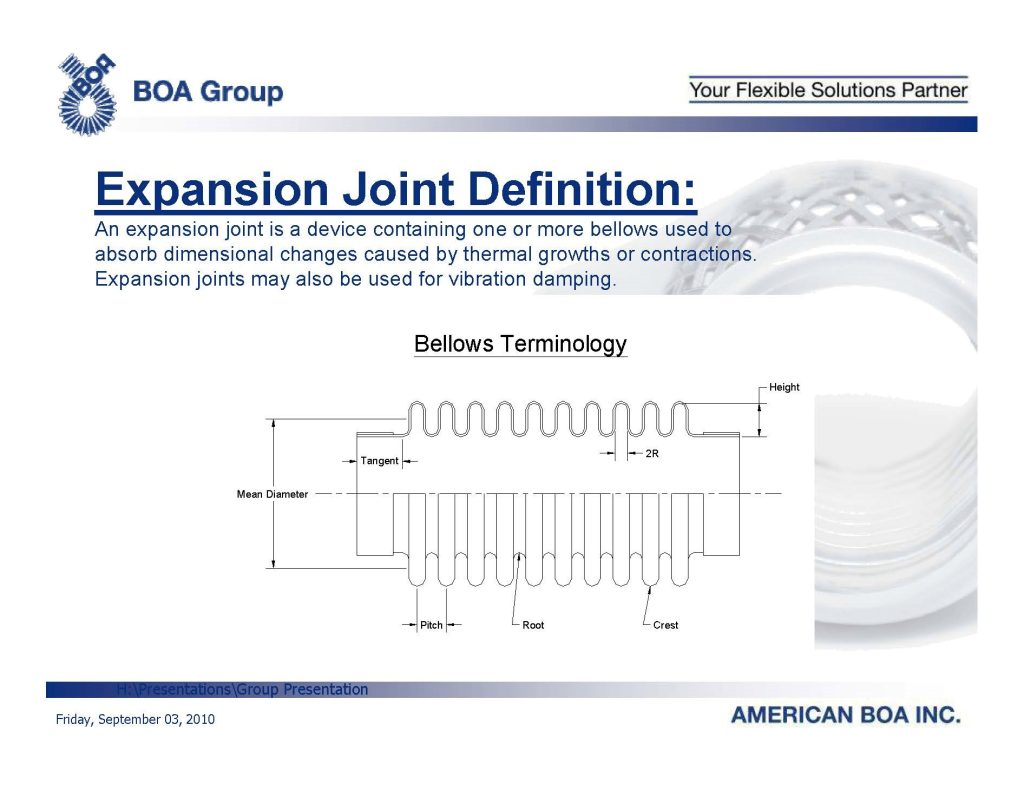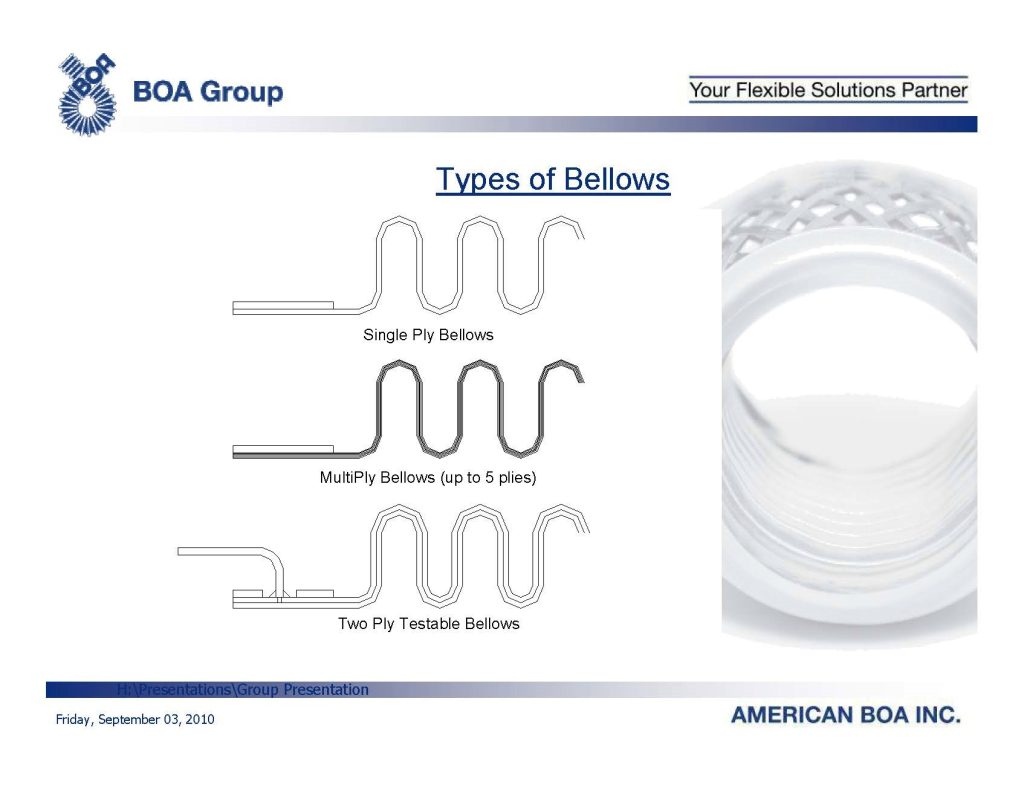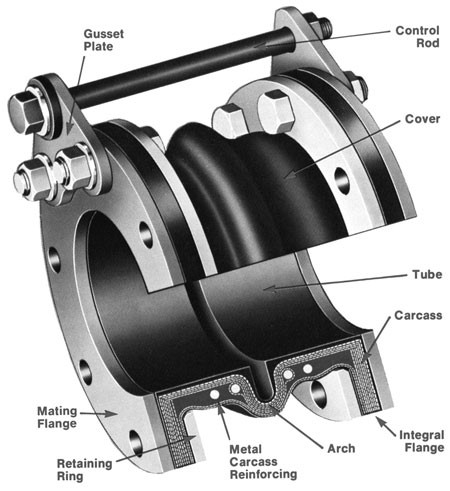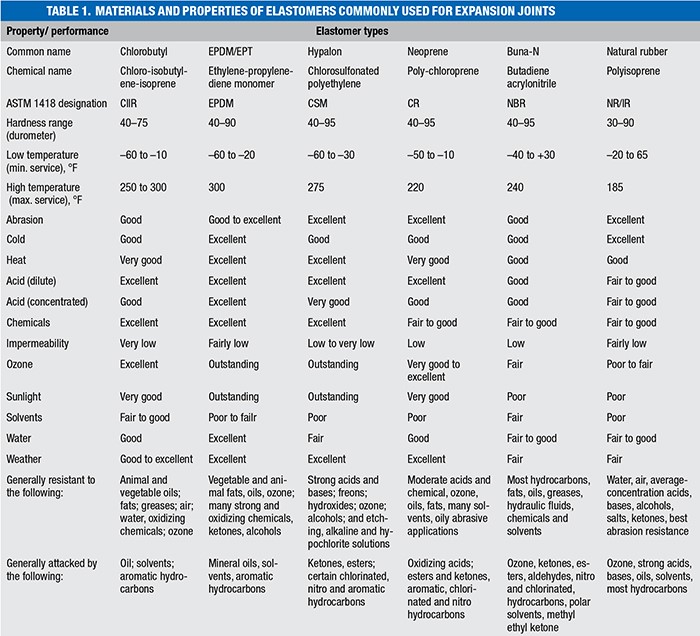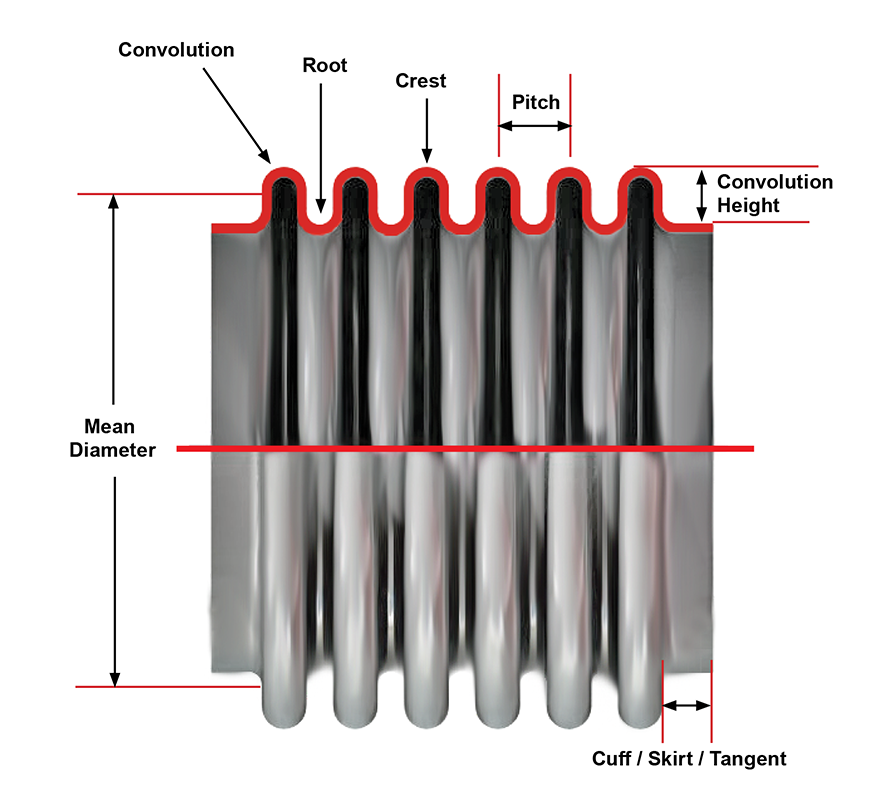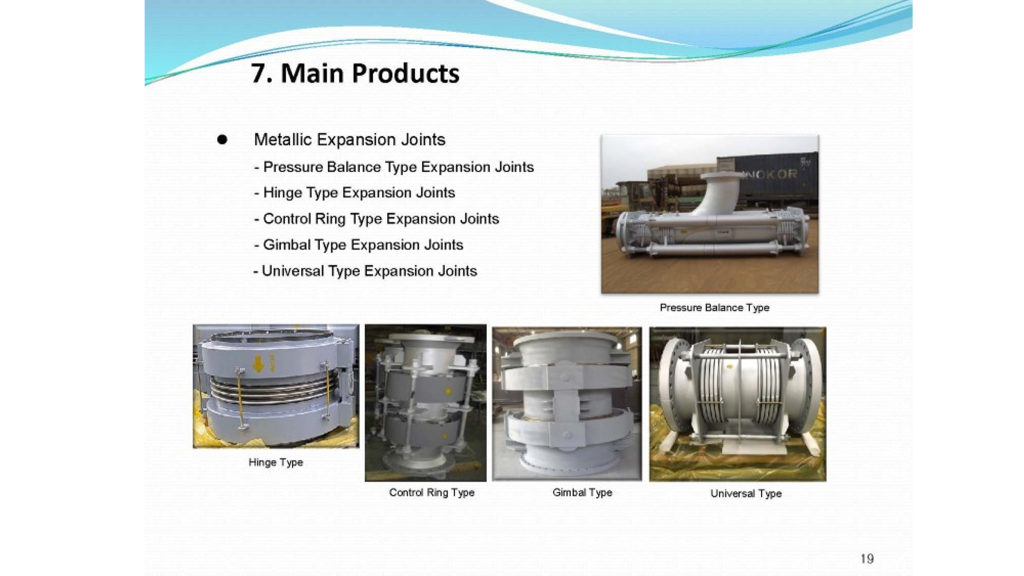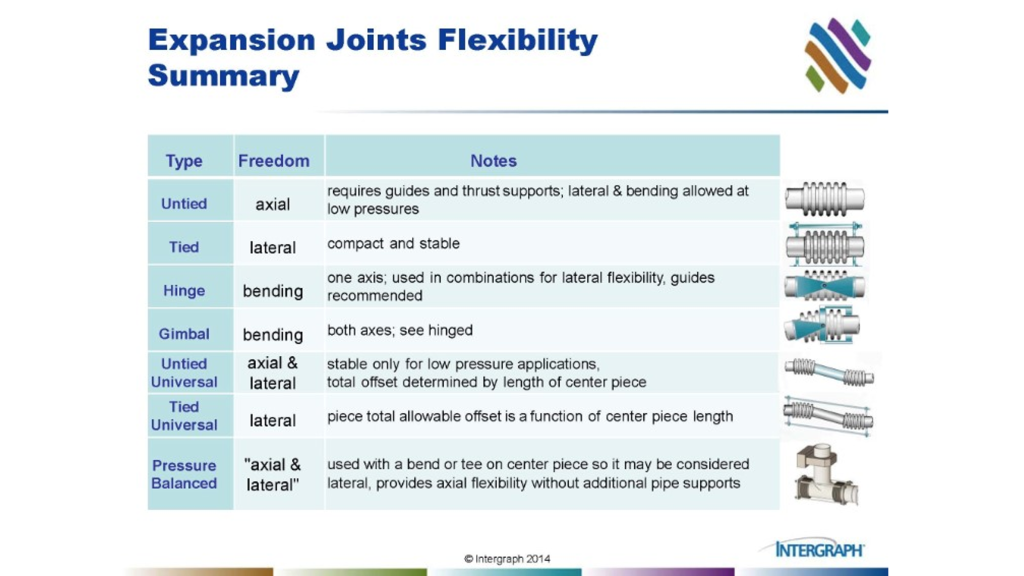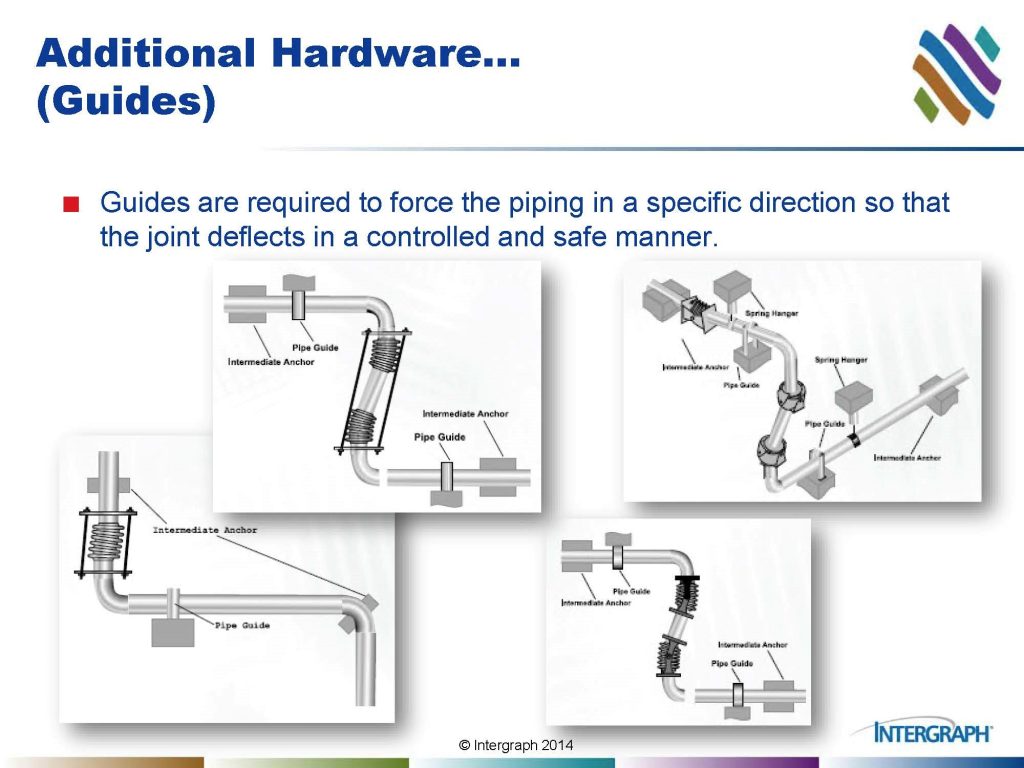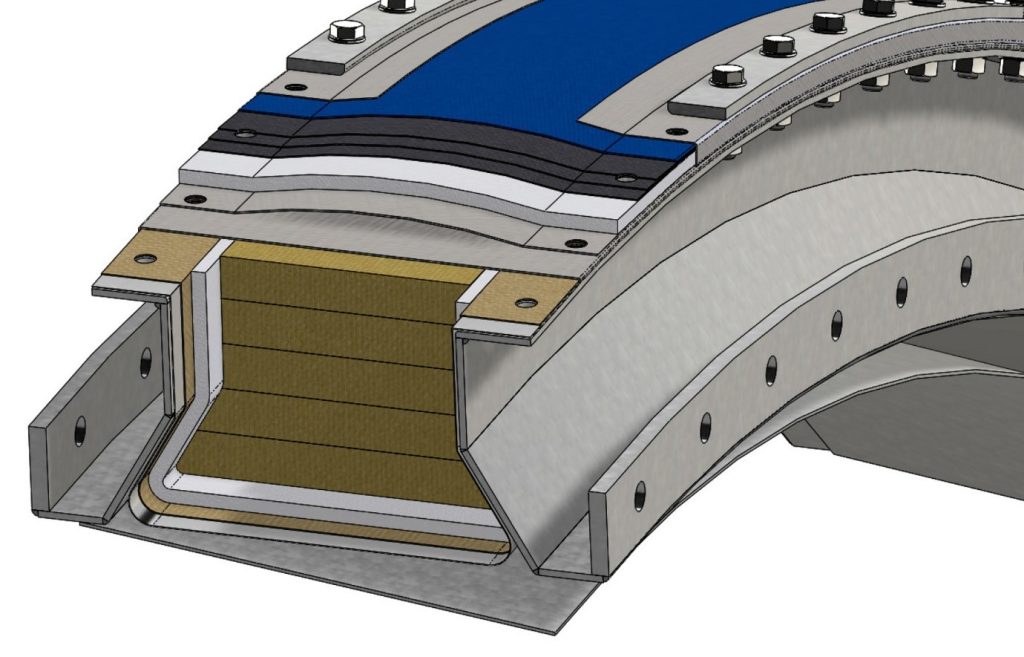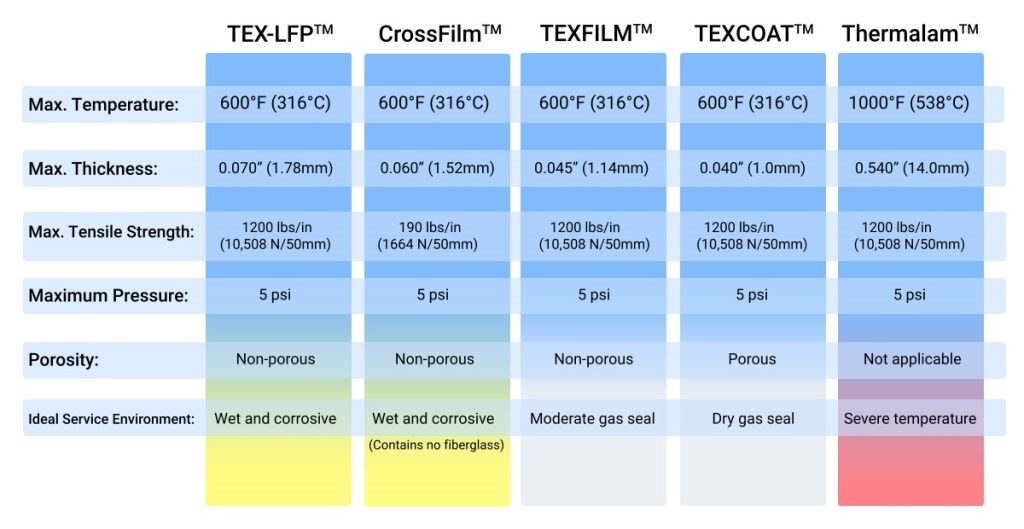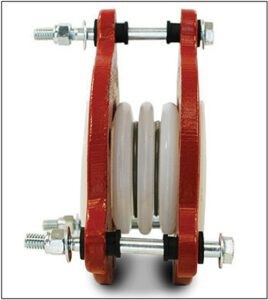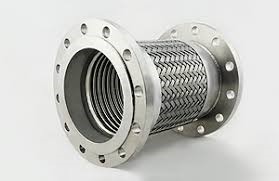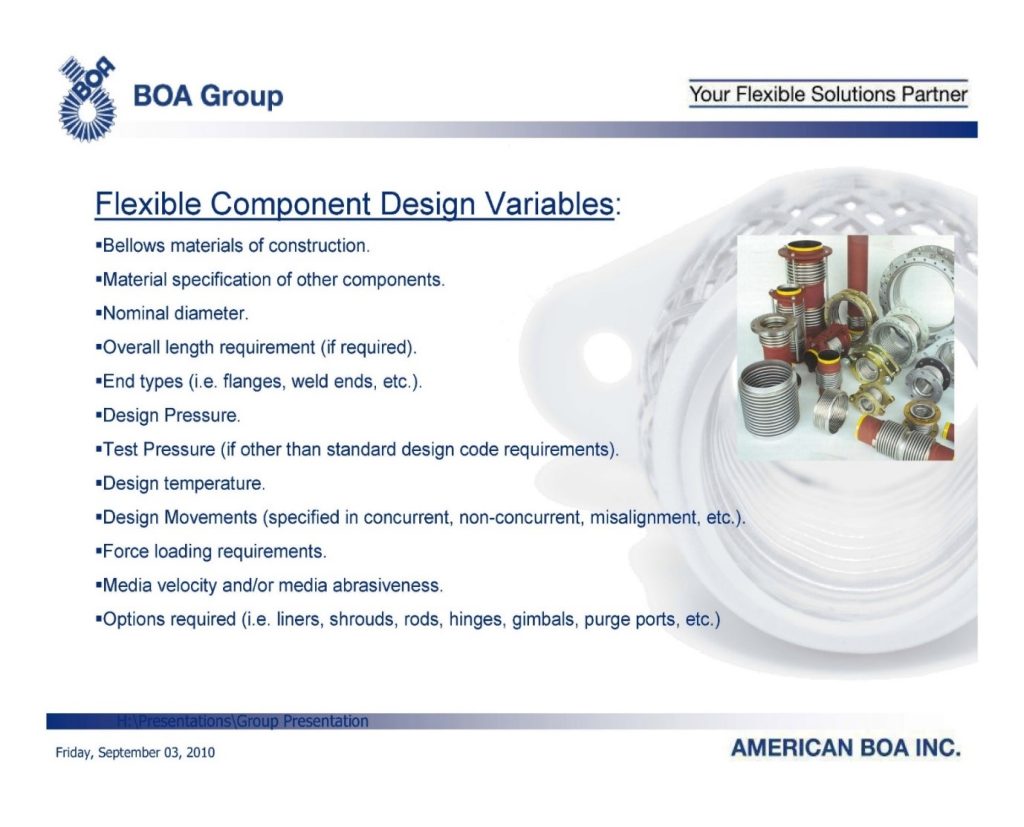การขยายตัวของระบบท่อ หรืออุปกรณ์
ระบบท่อหรืออุปกรณ์จะมีการยืด (Expansion) หรือหดตัว (Contraction) ตามอุณหภูมิของๆไหล (Fluid) ภายในที่เปลี่ยนแปลงไป จะยืดหรือหดตัวมากน้อยแค่ใหนขึ้นกับวัสดุ (Material) ที่ใช้ทำท่อหรืออุปกรณ์ และอุณหภูมิ (Temperature) ที่เปลี่ยน (Change)
ในโรงงานมีอุปกรณ์มากมาย อปกรณ์เหล่านึ้จะติดตั้งอยู่กับที่ (Fixed) โดยมีระบบท่อต่อเข้าหากันกับอุปกรณ์เพื่อให้กระบวนการผลิตทำงานได้ ท่อเหล่านี้มาจากหลายๆทิศทาง การขยายตัวหรือหดตัวของระบบท่อจะเกิดแรงดัน (Stress) ต่ออุปกรณ์มากมาย จากหลายทิศทาง (Multi direction)
Piping และ Equipment protection system เช่น Pipe loop, Flexible joint,…etc. จะทำหน้าที่ช่วยดูดซับแรง (Stress absorption) ที่เกิดจากการดันหรือดึงของระบบท่อ เพื่อป้องกันมิให้อุปกรณ์ถุกแรงดันจากการขยายตัวหรือหดตัวของระบบท่อจนเกิดจนเสียหาย (Damage) บิดเบี้ยว (Distort) หรือฉีกขาดจนระบบการผลิด (Production process) ทำงานไม่ได้ (Not perform function)
การออกแบบเพื่อป้องกันความเสืยหายจากการขยายตัวหรือหดตัวของระบบท่อหรืออุปกรณ์
ถ้าท่อเหล่านี้ถูกกักกัน (Fixed หรือ Constrain) ทำให้ขยายตัวไม่ได้ตามธรรมชาติ การถูกกักกันจะเกิดแรง (Force) ดันหรือแรงดึงขึ้นอย่างมหาศาลต่อระบบท่อ ต้องสร้างวิธีหรืออุปกรณ์เพื่อดูดซับหรือลดแรงเค้นให้เหลือน้อยลงไป
การดูดซับแรงเค้นจากการขยายตัวหรือหดตัวของระบบท่อหรืออุปกรณ์มี 4 วิธี
Flexible joint เป็นขอต่อแบบยืดหยุ่น หรือ Expansion joint หรือ Flexible bellow หรือ Expansion bellow หรือ Compensator หรือ Flexible connector เพี่อใช้ดูดซึม (Absorb) แรงอันเกิดจากการขยายตัว (Expansion) หรือการหดตัว (Contraction) หรือการเคลื่อนตัว (Movement) ของระบบท่อ (Pipe หรือ Duct) หรืออุปกรณ์ (Equipment) อันเนื่องจากเปลี่ยนแปลงอุณหภูมิ (Temperature change, ร้อนขึ้นหรือเย็นลง) ของของไหล
(Fluid) ที่ใหลภายในระบบท่อ เมื่ออุณหภูมิเปลี่ยนแปลงจะเกิดการขยายตัวหรือหดตัว (Expansion หรือ Contraction) ของระบบท่อ จำเป็นต้องใช้ Flexible joint เพื่อดูดซับแรง (Stress) ที่เกิดขึ้นเนื่องจากการขยายตัวหรือหดตัวของระบบท่อ มิให้ไปดันอุปกรณ์ที่ต่อกับระบบท่อ
Flexible joint จำเป็นต้องใช้ในอุตสาหกรรมการผลิต (Production process) เช่นการต่อท่อของเหลวหรือท่อแก๊ซหรือท่อลมในกระบวนการผลิต (Process pipe line) การขนส่งของไหล (Fluid transportation) หรือในระบบสาธารณูปโภค (Utility) ต่างๆ
ในโรงงานมีอุปกรณ์ติดตั้งอยู่กับที่ (Fixed) มากมาย โดยมีระบบท่อต่อเข้าหากัน เพื่อให้กระบวนการผลิตทำงานได้ ท่อเหล่านี้มาจากหลายๆทิศทาง การขยายตัวหรือหดตัวของระบบท่อจะเกิดแรงดัน (Stress) ต่ออุปกรณ์มากมาย จากหลายทิศทาง
Flexible joint จะทำหน้าที่ช่วยดูดซับแรงเหล่านี้ใว้ เพื่อป้องกันมิให้อุปกรณ์บิดเบี้ยว หรือฉีกขาดจากแรงเหล่านี้
เนื่องจากท่อในกระบวนการผลิตมีการต่อกันอย่างซับซ้อน และยาวมาก จึงเกิดการขยายตัว หดตัว และเคลื่อนตัว ซึ่งก่อเกิดแรงเค้น (Stress) ในระบบท่อระบบท่ออย่างมหาศาล การออกแบบและการผลิตจึงต้องทำอย่างระมัดระวัง โดยผู้มีความรู้ และความชำนาญ (Piping engineer หรือ Piping specialist) มิฉนั้นระบบจะมีปัญหาต่อกระบวบการผลิตอย่างต่อเนื่อง (Continuous process)
การป้องกันแรงเค้นต่ออุปกรณ์การผลิต จะต้องมีการป้องกันโดย 3 วิธี
1. การออกแบบระบบท่อ (Piping system) โดยทำ Pipe loop ในระบบท่อ
2. การออกแบบระบบรองรับท่อ (Pipe hanger and support)
3. การออกแบบติดตั้งระบบดูดซึมการขยายตัว (Flexible joint)
การออกแบบระบบป้องกันแรงเค้นต่อระบบท่อทั้ง 3 ระบบ จะต้องออกแบบให้สัมพันธ์และสอดคล้องกัน เพื่อขจัดแรงเค้นต่อระบบท่อให้หมดไป หรือเหลือน้อยลงจนไม่เกิดความเสียหาย
ข้อดีของการใช้ Flexible joint
1. ต้นทุนถูก
2. ใช้ดูดซับการขยายตัวหรือหดตัวของระบบท่อ ป้องกันอุปกรณ์เสียหาย
3 กระทัดรัด ใช้พื้นที่น้อย
4 ทำให้การสั่นสะเทือนส่งผ่านจากระบบท่อน้อยลง
5 ทำให้เสียงส่งผ่านจากระบบท่อน้อยลง
มาตรฐานการออกแบบ ผลิต และติดตั้ง Flexible joint
Flexible joint เป็นอุปกรณ์ที่มีแรงดันภายในระบบท่อ ถ้าออกแบบและทำการผลิตอย่างไม่ถูกต้อง อาจจะเกิดแรงเค้น (Stress) จนระบบท่อเสียหาย เกิดการรั่ว หรือระเบิด หรืออันตรายจากสารพิษได้ การออกแบบและทำการผลิตจึงต้องทำภายใต้มาตรฐาน (Code and standard) ความปลอดภัยที่ทั่วโลกให้การยอมรับ เช่น ASME, ANSI, EJMA, ESA..เป็นต้น.
Annealing: Metallic Flexible joint ขึ้นรูป Convolute ด้วยความร้อน จึงเกิดความเครียด (Stress) ในเนื้อโลหะ ทำให้ฉีกขาดและแตกง่ายเมื่อใช้งาน จำเป็นต้องทำการเอาความเครียดออกให้หมดโดยขบวนความร้อน (Annealing) ซึ่งผู้ผลิตโดยทั่วไปจะลดค่าใช้จ่าย ไม่ทำกัน การจัดหาจึงต้องทำจากผู้ผลิตที่ใว้ใจได้
Workmanship: Metallic Flexible joint ขึ้นรูป Convolute ด้วยความร้อน ถ้าทำไม่ดี หรือเครื่องมือที่ใช้ทำมืไม่ดีพอ ลอน Convolute จะไม่ได้รูป ไม่สม่ำเสมอ สูงๆต่ำๆ ไม่เท่ากัน ทำให้เกิดบริเวณที่มีความเค้นสูงในเนื้อโลหะ ทำให้ฉีกขาดและแตกง่ายเมื่อใช้งาน
การเชื่อมต่อข้อต่อ (Flange) ต้องทำอย่างระมัดระวัง เพราะ Flexible joint ทำจากวัสดุบอบบาง เชื่อมต่อได้ยากมาก ต้องอาศัยช่างเชื่อมที่มีความชำนาญพิเศษ บางครั้งต้องทำการลดความเค้นบริเวณที่เชื่อมโดยวิธีทางความร้อน (Annealing)
Handling of expansion joint: Flexible joint เป็นชิ้นส่วนที่เปราะบาง (Fragile) การขนส่งจึงต้องทำอย่างระมัดระวัง ไม่ให้เกิดเสียหาย หรือกระแทกจนเกิดบริเวณที่มีความเค้นสูงขึ้นมา
ชนิดของลอน (Convolute)
- ตัวลอนจะจากวัสดุที่บอบบาง เพื่อให้เกิดการยืดหยุ่น การหยิบฉวยจึงต้องระมัดระวัง กันกระแทก จนเกิดความเสียหาย
- จำนวนลอนยิ่งมากจะช่วยให้การดูดซับพลังงานได้มาก
- จำนวนลอนยิ่งมากความแข็งแรงจะน้อยลง จะต้องมีตัวยึด ประคองช่วย (Guide) ไม่ให้เสียรูป
- บางครั้งต้องใส่ปลอก (Sleeved) ใว้ภายในเพื่อกันการเสียดสีจากสารแขวนลอย (Particle) ในของไหลเสียดสี (Abrasion หรือ Erode) กับตัวลอน
- บางครั้งต้องใส่ปลอก (Coated) ทำจากวัสดุที่ทนการกัดกร่อน (Corrosion resistance) ใว้ภายในเพื่อกันการกัดกร่อนของสารเคมี
การออกแบบต้องสอดคล้องกับหน้าแปลน (Mating flange) ของท่อ ท่อลม หรือกับอุปกรณ์ อาจจะเป็นกลม รูปไข่ สี่เหลี่ยม เป็นต้น
วัสดุที่ใช้ทำ Metallic expansion joint
Expansion Bellow Compatibility: The Bellow material shall be compatible with the flowing medium. Specific consideration shall be given to the following.
- Series 300 Stainless Steel against Chloride Stress Corrosion.
- Nickel Alloys against Caustic induced Stress Corrosion.
- Nickel Alloys against the presence of Sulphur.
- Corten or S-Ten
Compatibility of Bellow material against pipeline cleaning chemicals if they are dozed in the piping system at regular intervals.
Leaching of the Bellow material from the insulation material.
- The requirement of Internal Sleeves shall be specified in an application involving fluid velocities which can induce resonant vibrations. The evaluation of acceptable flow velocity limits (based on EJMA, Section C-3) is covered in Section (Internal Sleeve Requirement) of this chapter. The sleeves are normally installed in the direction of flow.
However, in the case backflow is anticipated during operation the same shall then be highlighted clearly in the Specification to allow the Bellow manufacturer to provide an extra heavy sleeve and thereby prevent possible damage to the Bellow resulting from the buckling of the sleeve.
Fabric expansion joints (non-metallic expansion joints):
- Single or Multiple layers of fabrics and elastomers.
- Tailor made according to specific shapes, sizes and operating conditions.
- Fabric expansion joints are primarily used for gaseous fluids.
- Provide flexibility to ductworks to face following problems: Expansion and contraction of the ducts due to temperature changes, Vibrations, Noise, Movements of components, Installation and removal of large components, Erection tolerances, Misalignments.
In close collaboration with its clients, SEIRIS provides the most suitable fabric expansion joints solutions for any kind of application.
Fabric expansion joints (non-metallic expansion joints):
- Compensate large movements in a short length
- Absorb simultaneous movements in more than one plane
- Very low forces required to move the expansion joint
- Noise and vibrations resistance
- Corrosion resistance materials
- Easy installation and maintenance
- Very low cost of replacement
- Design freedom
- Thermal breaks
Application of Different types of fabric expansion joints
Belt type
T° max 350°C +/- 800 mm H2O Any form, Any size Delivery : Close or Open
Belt type curved
T° max 800°C +/- 800 mm H2O Application: Gas turbine exhaust, Bypass and HRSG applications Large movements up to 150mm Any form, Any size Delivery: Open (Mounting could be done by SEIRIS Team or just a SEIRIS Supervisor)
Belt type with bolster
T° max 800°C (up to 1200°C with refractory lining) +/- 800 mm H2O Any form, Any size Delivery: Expansion joints delivered closed or with open ends
U type with inner sleeve
T° max 450°C +/- 800 mm H2O Any form, Any size Delivery : Expansion joints delivered closed or with open ends
U type without inner sleeve
T° max 350°C +/- 800 mm H2O Any form, Any size. For aggressive media SEIRIS use PTFE, EPDM or VITON specially for FDG application Delivery : Expansion joints delivered closed or with open ends
U type with bolster
T° max 600°C +/- 800 mm H2O Any form, Any size Delivery : Expansion joints delivered closed or with open ends
Conical belt type with clamps
T° max 350°C +/- 800 mm H2O Any form, Any size Delivery : Expansion joints delivered closed or with open ends
Conical U type without inner sleeve
T° max 350°C +/- 800 mm H2O Any form, Any size Delivery : Expansion joints delivered closed or with open ends
Design Criteria
Ambient conditions (Temperature, Environment, Location)
Operating conditions (Temperature, Pressure, Movements, Vibrations, Noise, Insulation)
Composition of the medium (Temperature, Chemicals, Abrasion, Moisture)
Type of clamping (Flue gas tightness)
Single Layer / Multiple Layer Expansion Joints
Single Layer
Only 1 Reinforced Elastomeric Layer
Multiple Layer
Various plies of different materials:
- Supporting layer: Give specific shapes for special configurations, protect the joint, keep the insulation in place
- Insulating layer: Thermal barrier
- Chemical barrier: Gas seal
- Outer cover: Provide protection from external environment, complementary gas seal
Belt Type / Flanged Type
Belt Type Expansion Joints
Expansion joints flexible element is made as a flat belt. The most effective in terms of manufacture and installation. Materials are subject to minimum stress untill moved under operation. Allow many different types of frames to suit operating conditions. Make the replacement of the flexible element much easier. Longer life expansion joints
Flanged Type Expansion Joints (U-TYPE or U-FORM expansion joints)
Expansion joints flexible element made with integrated flanges at right angles. Simplest method of connection. Mostly recommended for low temperatures applications
Main Advantages
Compensate large movements (Axial, Lateral, Angular, Torsion)
No limits in dimensions
Low cost of raw materials
Low cost of Installation and Maintenance
Light and Handy (reduced load for the ducts and safe for the staff)
Corrosion resistance
Standards
Fabric Expansion Joints are designed, manufactured and tested according to Internationally Recognized Codes and Standards :
E.S.A (European Sealing Association)
F.S.A (Fluid Sealing Association)
RAL…
6. Rubber hoses/ Chemical hoses/ Composite hoses
ท่อยาง ท่อทนสารเคมี ทนความร้อน ทำจากยางธรรมชาติหรือยางสังเคราะห์ ทีมีการเสริมแรง (Reinforce) หรือวัสดุคอมโพสิท
คำแนะนำทั่วไปในการออกแบบ ผลิต และติดตั้ง Expansion joint
Expansion Joint Standard: The design of the piping system employing a Bellow shall take into account the recommendations made by the Expansion Joint Manufacturer Association (EJMA) Standard. The specification for the Bellow shall as a minimum provide technical information as per the Specification Sheet given in Appendix-A of EJMA.
Type of Expansion Bellow: The type of the Bellow shall be selected depending on the Magnitude of the thermal movement of the connected piping and the configuration of the piping profile in relation to the location of the Bellow.
Expansion Bellow under Cyclic Loading: In general, caution shall be exercised in employing a Bellow in a piping system operating under cyclic loading conditions (e. g. due to temperature cycle). If no solution is available as an alternative to bellow then the number of temperature cycles anticipated during the design life of the system shall clearly be indicated in the Bellow Specification for the Vendor to confirm the Fatigue Life Expectancy.
Stress Relieving of Expansion Bellows: Under normal circumstances stress relieving or annealing shall not be specified for the Bellow since the life of a Bellow greatly relies on its improved fatigue strength due to work hardening of Austenitic Stainless Steel during the forming operation of the convolutes.
Piping Support: The supporting of the piping system employing a Bellow shall be such that the movement of the connected piping at the Bellow ends is positively predictable. The support shall be adequately designed for the highest pressure either during operation or hydro test conditions.
Torsional Rotation: The Bellow shall not be subjected to Torsional Rotation.
Advertisements
Expansion Bellow Compatibility: The Bellow material shall be compatible with the flowing medium. Specific consideration shall be given to the following.
- Series 300 Stainless Steel against Chloride Stress Corrosion.
- Nickel Alloys against Caustic induced Stress Corrosion.
- Nickel Alloys against the presence of Sulphur.
Compatibility of Bellow material against pipeline cleaning chemicals if they are dozed in the piping system at regular intervals.
Leaching of the Bellow material from the insulation material.
- The requirement of Internal Sleeves shall be specified in an application involving fluid velocities which can induce resonant vibrations. The evaluation of acceptable flow velocity limits (based on EJMA, Section C-3) is covered in Section (Internal Sleeve Requirement) of this chapter. The sleeves are normally installed in the direction of flow.
However, in the case backflow is anticipated during operation the same shall then be highlighted clearly in the Specification to allow the Bellow manufacturer to provide an extra heavy sleeve and thereby prevent possible damage to the Bellow resulting from the buckling of the sleeve.
Bellow Design Pressure: The Design Pressure of the Bellow shall be based on the actual maximum working pressure of the pipeline under question. No ad-hoc cushion shall be allowed in specifying the Design Pressure.
Test Pressure of Expansion Bellow: The Hydraulic Test Pressure of the Bellow shall be 1.5 times the design pressure (1.1 times in case of pneumatic test pressure) with due allowance for temperature correction factor. However, the Test Pressure calculated in the above manner must not produce membrane stresses in excess of Yield Strength at room temperature.
Expansion Bellow Design Temperature: The Maximum, Minimum, and Installation temperature shall be specified accurately and a suitable pre-compression of the Bellow shall be considered and specified accordingly if ambient temperatures may vary significantly during pipeline construction.
Insulated Bellows: The Insulation Guard Sleeve shall be specified in the case of insulated Bellows.
Displacements absorbed by Expansion bellow: The displacements to be absorbed by the Bellow shall be based on the expected piping growth including the terminal movements. In addition to the above, the specified displacements shall also account for the following eventualities
The actual metal temperature of the piping may not necessarily attain the design temperature used for the calculation of the expected thermal growth of the piping.
The installed location of the Piping Supports (e.g. guides/ anchors etc.) in the field may not necessarily be exactly in accordance with the design.
The temperature range attained during the actual operation cycle may not necessarily be exactly the same as anticipated in the design.
The Bellows when handling process fluids that can solidify or scale to pack the convolutions shall be provided with necessary means to avoid the same. The use of internal sleeves, purge connections (for gas/vapor mediums), and drip holes (for trapped liquid) are some of the ways to achieve the same.
Extra Safety Features of Expansion Bellows
Depending on the severity of the process/ design condition the Bellow may be specified with extra safety features as below:
- Extra-heavy external cover which would impede the effect of the jet/ splash of escaping fluid in case of a Bellow failure.
- Limit Rods employed from the consideration of dynamic loading can be designed for restraining the pressure thrustin case of anchor failure.
- A two-ply or concentric double-shell Bellow with both the ply’s capable of withstanding the full line pressure.
It is normally a good practice to provide a sketch of the piping system with details of all supports and other design data as part of the Bellow Specification for establishing a clear understanding with the Bellow Manufacturer.
The supports on a piping system employing a Bellow shall have clear space around the supports to allow access for their inspection during the hydro test and during plant operation
Pipe Expansion Joints: Do’s and Don’ts
คำแนะนำการติดตั้ง Expansion joint
From the “Standards of the Expansion Joint Manufacturers Association, Inc”
| Do’s | Dont’s |
|
|
Refer to EJMA Standard for proper guide spacing and anchor recommendations.
Yongkwang Flexible Industries (YFI) เป็นผู้ผลิต Flexible joint ที่มีชื่อเสียงจากเกาหลี สินค้าเป็นที่ยอมรับในเรื่องคุณภาพและความเชื่อถือใด้จากทั่วโลกและในประเทศไทย มีประสบการณ์การผลิตมายาวนานกว่า 40 ปี ผลิตตามมาตรฐานอุตสาหกรรม (Code และ Standard) ที่สากลยอมรับและอ้างอิงถึง
สินค้าที่ YFI ผลิตได้ เช่น
- Metallic expansion joint
- Non- metallic expansion joint
- Fabric expansion joint
- Rubber expansion joint
- PTFE expansion joint
- Dog bone expansion joint
- Flexible hose and coupling
- Metallic hose
- Rubber hose
- Composite hose
Flexible joint ที่ YFI ผลิตจะใช้ในงานต่างๆกันตามแต่ชนิดของงาน (Application) ขนาด (Size) จุดที่ใช้ (Application point) อุณหภูมิ (Temperature) ความดัน (Pressure) การกัดกร่อน (Corrosion) ในระบบ การเสียดสี (Abrasion) แรง (Force) และทิศทาง (Direction) ของการขยายตัวหรือหดตัว เป็นต้น
บริษัทไอคิวเอส มีวิศวกรที่มีความชำนาญในการเลือกชนิด(Type) ขนาด (Size) และกำลัง (Rating) ของ Expansion joint ให้เหมาะสมกับงานนั้นๆ โดยได้รับการสนับสนุนด้านเทคนิคจากบริษัทผู้ผลิต YFI สามารถให้คำปรึกษาแก่ลูกค้าได้ตลอดเวลา
สนใจติดต่อ ขอคำปรึกษา ติดต่อ บ. อินทีเกรทเต็ด ควอลิตี้ เซอร์วิสเซส จำกัด

